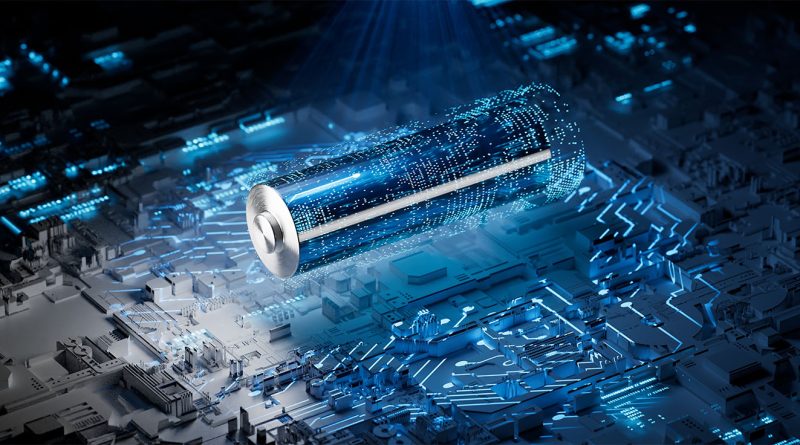The 8 Faces of Battery Manufacturing in North America
Battery manufacturing has undergone significant transformations in North America, driven by the growing demand for electric vehicles (EVs) and renewable energy storage solutions. In this listicle, we explore the key changes and challenges facing the battery manufacturing industry in the region.
1. Ramping Up Production
The U.S. is significantly increasing its battery manufacturing capacity, focusing on key materials like lithium, cobalt, and nickel. This is driven by the need for more batteries in electric vehicles and energy storage systems. Efforts include building new facilities and upgrading existing ones to boost production efficiency.
2. Technology Advancements
There are substantial developments in battery technologies, such as solid-state batteries, which offer enhanced safety and performance. Researchers are also working on reducing rare earth elements in batteries, making them more sustainable and less dependent on volatile markets.
3. Design Approaches
Battery manufacturers are implementing innovative design techniques, such as modular and scalable battery systems, which offer flexibility in various applications. There’s a push towards designing batteries that are easier to recycle, reducing the environmental footprint.
4. Supply Chain Challenges
The industry faces challenges in securing a steady and ethical supply of critical materials. Initiatives include investing in local mining operations, recycling programs, and developing synthetic alternatives to rare materials.
5. Environmental Sustainability
Efforts are being made to make battery production more eco-friendly. This includes reducing greenhouse gas emissions during manufacturing, using renewable energy sources, and improving battery recyclability.
6. Cost Barriers
High production costs are a significant barrier. Innovations aimed at reducing these costs include improving manufacturing processes, economies of scale, and developing cheaper alternative materials.
7. Market Expansion
Battery manufacturers are not just focusing on EVs but are also exploring other sectors like grid storage, consumer electronics, and industrial applications. This diversification helps in stabilizing the market and reducing reliance on a single sector.
8. Collaborative Efforts
There are increasing collaborations among different sectors, including partnerships between battery manufacturers, tech companies, and research institutions. These collaborations are vital for sharing knowledge, resources, and accelerating technological advancements.
The battery manufacturing landscape in North America is evolving rapidly, driven by the surge in demand for electric vehicles and renewable energy storage solutions. Despite facing barriers such as high production costs, the industry is expanding into new markets and forging collaborative partnerships to drive innovation and progress. With a focus on sustainability and efficiency, the battery manufacturing sector is poised to play a pivotal role in shaping a greener and more electrified future.
